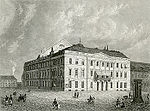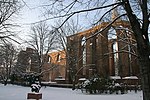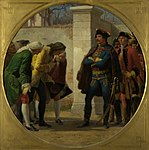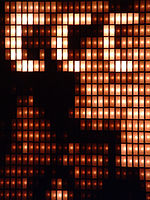World Clock (Alexanderplatz)
1969 establishments in East GermanyBuildings and structures in MitteClocks in GermanyLandmarks in GermanyTourist attractions in Berlin ... and 1 more
Towers completed in 1969
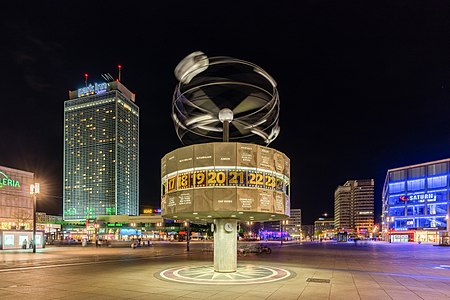
The World Clock (German: Weltzeituhr), also known as the Urania World Clock (German: Urania-Weltzeituhr), is a large turret-style world clock located in the public square of Alexanderplatz in Mitte, Berlin. By reading the markings on its metal rotunda, the current time in 148 major cities from around the world can be determined. Since its erection in 1969, it has become a tourist attraction and meeting place. In July 2015, the German government declared the clock as a historically and culturally significant monument.
Excerpt from the Wikipedia article World Clock (Alexanderplatz) (License: CC BY-SA 3.0, Authors, Images).World Clock (Alexanderplatz)
Dircksenstraße, Berlin Mitte
Geographical coordinates (GPS) Address External links Nearby Places Show on map
Geographical coordinates (GPS)
| Latitude | Longitude |
|---|---|
| N 52.52117 ° | E 13.41332 ° |
Address
Urania-Weltzeituhr
Dircksenstraße
10178 Berlin, Mitte
Germany
Open on Google Maps




